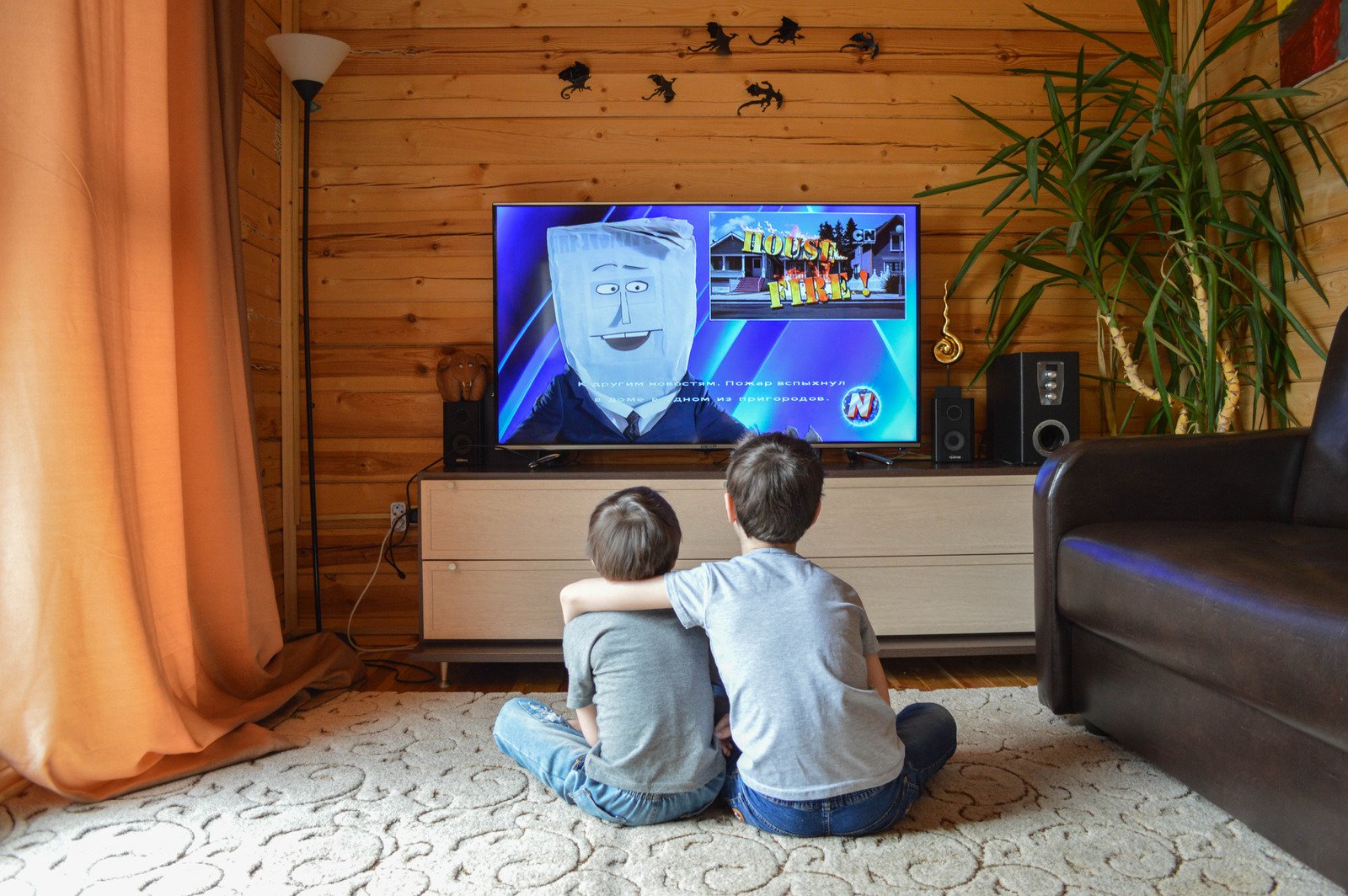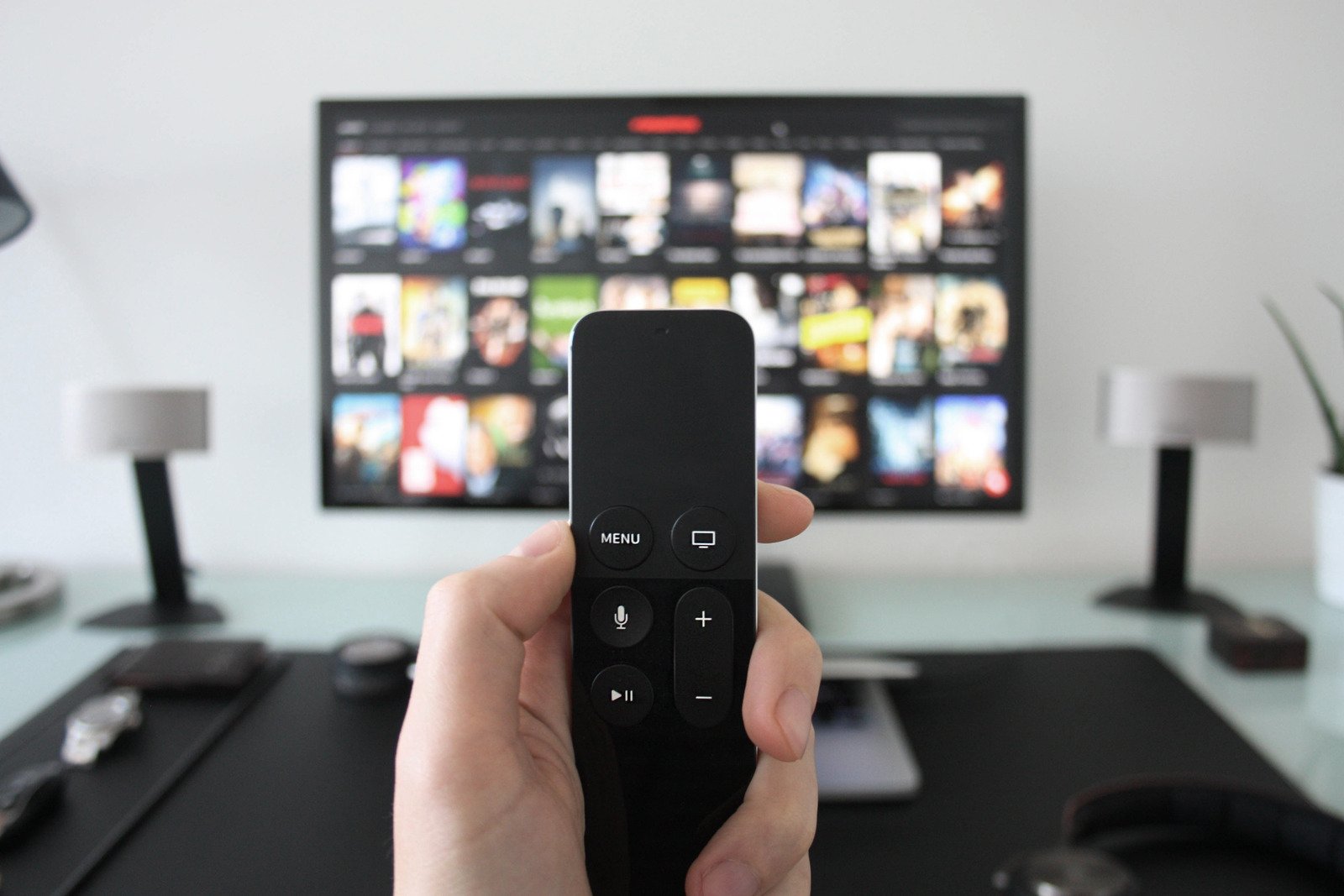Welcome to the era of binge-watching, where streaming services have revolutionized how we consume television content. With the rise of platforms like Netflix, Hulu, and Amazon Prime Video, traditional TV viewing habits are undergoing a significant transformation. Let’s dive into the impact of streaming services on our favorite pastime and explore how it’s shaping the future of entertainment consumption.
The Rise of Streaming Services
Gone are the days of waiting for your favorite show to air at a specific time on television. Streaming services have disrupted the industry by offering on-demand access to a vast library of movies and TV series. With just a few clicks, viewers can immerse themselves in a world of endless entertainment options.
The convenience of streaming platforms allows users to watch content anytime, anywhere, making it ideal for our fast-paced lifestyles. Whether you’re into drama, comedy, or documentaries, there’s something for everyone on these digital platforms.
Moreover, original content produced by streaming services has garnered critical acclaim and loyal fan bases. From groundbreaking series to award-winning films, these platforms have become synonymous with high-quality programming that rivals traditional TV networks.
As more households cut the cord and opt for streaming subscriptions, the dominance of these services is only expected to grow in the coming years. The rise of streaming services marks a new chapter in how we consume entertainment – one that prioritizes choice, flexibility, and personalized viewing experiences.
Traditional TV Viewing Habits
Remember the days when families gathered around the TV at a set time each week to watch their favorite shows? Traditional TV viewing habits revolved around scheduled programming, with viewers eagerly awaiting new episodes. The living room was the hub of entertainment, with everyone tuning in together.
Commercials were a familiar interruption, offering quick breaks for snacks or bathroom runs. Appointment viewing meant planning your schedule around your must-watch programs. Channel surfing was an art form, with viewers flipping through stations to find something intriguing.
TV guides were essential tools for finding out what was on and when. Missing an episode meant waiting for reruns or hoping to catch it in syndication. Watercooler conversations revolved around last night’s episode of popular shows.
The rise of streaming services has revolutionized how we consume content, allowing us to watch anytime, anywhere. Traditional TV viewing habits have evolved significantly in this digital age.
Pros and Cons of Streaming Services
Streaming services have revolutionized the way we consume media, offering a plethora of benefits. One major advantage is the convenience – with on-demand access to a vast library of content, viewers can watch what they want, when they want. The ability to binge-watch entire seasons at once has become a popular trend among audiences.
Moreover, streaming services often provide original and exclusive content that may not be available through traditional TV channels. This has led to a rise in high-quality productions and diverse storytelling. Additionally, many streaming platforms offer personalized recommendations based on viewing history, making it easier for users to discover new shows tailored to their interests.
However, there are also drawbacks to consider. Subscription costs can add up quickly if one subscribes to multiple services simultaneously. Furthermore, some viewers miss the sense of community that comes with watching live TV events or discussing episodes with friends in real-time.
Changing Trends in TV Consumption
With the rise of streaming services like Netflix, Hulu, and Amazon Prime Video, traditional TV viewing habits have undergone a significant transformation. Gone are the days when people had to schedule their lives around television shows airing at specific times. Now, viewers have the freedom to watch what they want when they want.
Binge-watching has become a popular trend, allowing audiences to consume entire seasons of their favorite shows in one sitting. The convenience of on-demand content has led to a shift in how we engage with television programming.
Moreover, mobile devices and smart TVs have made it easier than ever for people to access their favorite shows from anywhere at any time. This accessibility has blurred the lines between traditional TV and online streaming platforms.
As more households cut the cord and opt for streaming services over cable subscriptions, the landscape of TV consumption continues to evolve rapidly. The future of television lies in personalized viewing experiences tailored to individual preferences and schedules.
The Impact on Cable and Network TV
As streaming services continue to surge in popularity, the impact on cable and network TV is becoming increasingly evident. Traditional television broadcasters are facing a changing landscape as viewers shift towards on-demand content. Cable providers are feeling the pressure to adapt their offerings to compete with the convenience of streaming platforms.
Network TV shows are now facing stiffer competition from original programming produced by streaming services like Netflix, Hulu, and Amazon Prime Video. Viewers are drawn to the flexibility and variety offered by these platforms, often opting for ad-free viewing experiences.
The decline in cable subscriptions has led networks to reconsider their advertising strategies. Advertisers are reallocating budgets towards digital advertising on streaming services where they can target specific audiences more effectively.
With this ongoing shift in consumer habits, cable and network TV will need to innovate and evolve to remain relevant in an increasingly digital world. The future of television is undeniably being shaped by the rise of streaming services.
Advertising Shifts in the Industry
With the rise of streaming services, traditional TV advertising has undergone significant shifts in the industry landscape. Advertisers are now reallocating their budgets to digital platforms where they can target specific audiences based on demographics, interests, and online behaviors.
Streaming services offer advertisers more data-driven insights into viewer preferences, allowing for personalized ad placements that are more relevant and engaging. This shift towards targeted advertising has created a more efficient way for brands to reach their desired consumers without wasting resources on broad, unsegmented campaigns.
Moreover, as viewers increasingly opt for ad-free subscription models offered by streaming platforms, traditional TV networks are facing challenges in retaining advertisers. The decline in linear TV viewership has forced companies to explore new avenues such as product placement within shows or creating branded content to connect with audiences in a less intrusive manner.
As advertising continues to evolve alongside changing viewing habits, it will be crucial for marketers to adapt their strategies and embrace innovative approaches that resonate with modern consumers.
Future Predictions for TV Viewing Habits
As streaming services continue to gain popularity and traditional TV viewing habits evolve, the future of television consumption is set to undergo significant changes. Viewers are increasingly opting for on-demand content over scheduled programming, leading to a shift in how we engage with TV shows and movies.
With the rise of personalized recommendations and convenient access to a vast library of content, streaming services are likely to dominate the entertainment landscape in the years to come. This trend may further impact cable and network TV providers, who will need to adapt their strategies to remain relevant in a rapidly changing industry.
As technology advances and consumer preferences evolve, advertisers will also need to rethink their approach to reaching audiences. Targeted advertising on streaming platforms offers new opportunities for brands, but it also requires a more tailored and data-driven approach.
The future of TV viewing habits looks set to be characterized by flexibility, personalization, and choice. As we embrace the convenience of streaming services and explore innovative ways to consume content, one thing is clear – the way we watch television is undergoing a transformative shift that will shape the industry for years to come.













